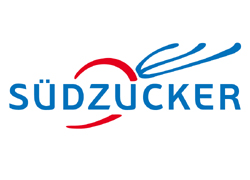The German Mittelstand

Cortent article for VIPsight.eu
“The Mittelstand has learned from the crisis”
The Mittelstand (Germany’s SMEs) has learned the right lessons from the financial crisis and the subsequent “credit crunch”. In recent years, companies have steadily improved their capital base. According to a recent analysis by the German Savings Bank Association, capital ratios at companies with fewer than 500 employees have increased from 11.5 per cent in 2007 to 18.6 per cent in 2010. In 2011, the last evaluated year, the figures were around 20.7 per cent. After the credit crunch repeatedly haunted the media as a spectre, the Mittelstand has turned the tables. Now the banks are competing for the favour of healthy companies. The facts that the amount of interest is based on the borrower's creditworthiness and interest rates are currently low mean that borrowing costs are also lower than ever.
One need only briefly recall that less than five years ago, in September 2008, the hitherto merely smouldering financial crisis burst into a conflagration with the collapse of the Lehman Brothers bank. Worldwide, banks turned off the money supply and refused businesses badly-needed investment loans - with dramatic consequences for the economy. Even among themselves the banks no longer wanted to grant loans. Even after the worst was over, in this country the willingness to supply the German Mittelstand with loans initially fell short of the demand. For because of their generally rather low equity base, the Mittelstand companies were considered too risky. Tempi passati.
The new strength of the Mittelstand is now being felt by the promoters of SME funds that want to invest their money in this specific segment. The capital provided by the Deutsche Bank for a Mittelstand fund was not fully utilized. Nor were the scheme issued jointly by Commerzbank and the Bank for Reconstruction (KfW) nor the DBAG (Deutsche Beteiligungs AG) fund able to invest their money. The Mittelstand is no longer dependent on it.















